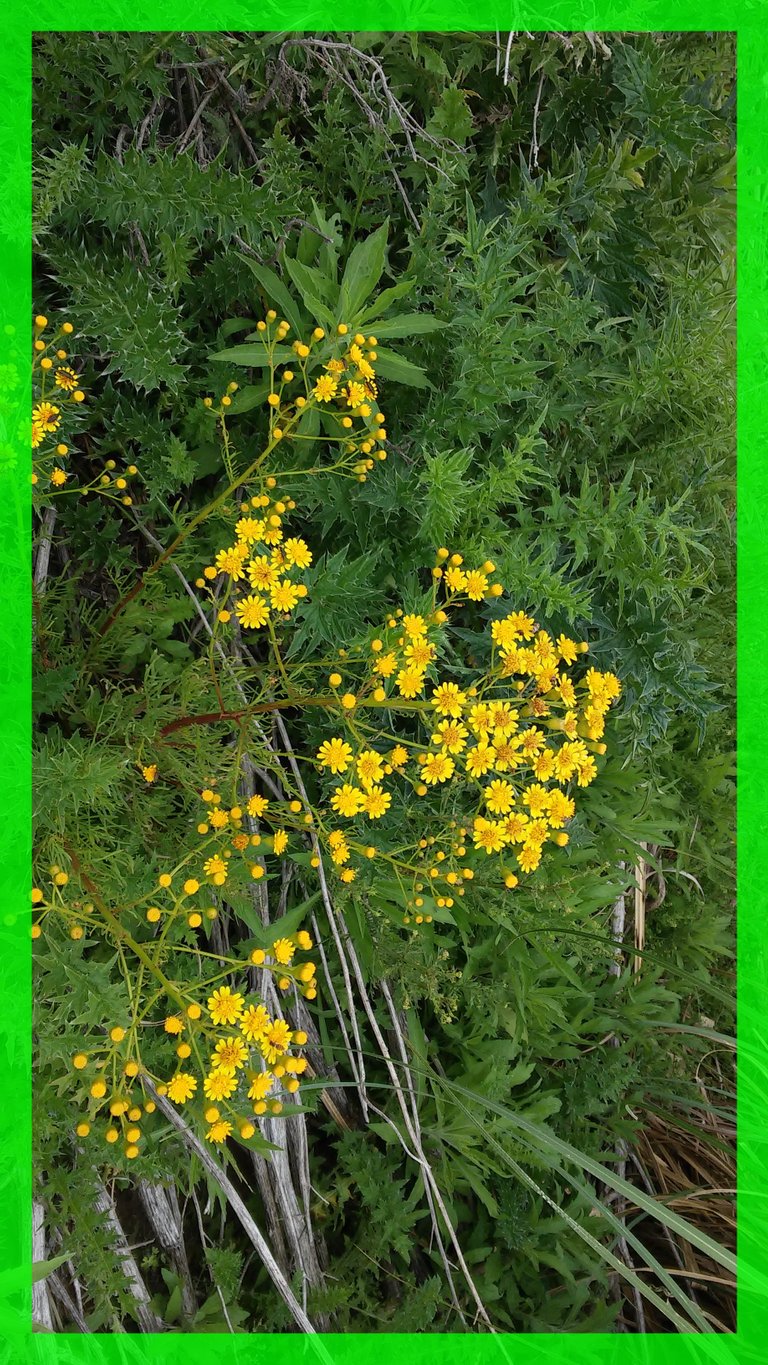
A few days ago I read about the @riverflows initiative trying to motivate each of the #hivers who participate in this community to share their garden experiences during the month of November. The motivation -I think- was based on the fact that in much of the northern hemisphere, the cold -intense in some places- makes garden tasks only maintenance, sporadic and take a back seat.
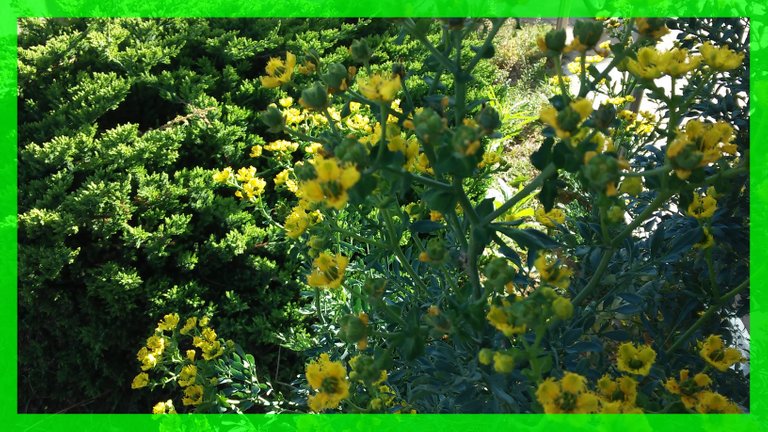
Even many followers of this beautiful hobby take advantage (or we take the opportunity to speak in the first person) to protect the plants inside -those we grow in pots-, cover those that remain outside with a resistant plastic, and carry out tasks of concimation of the land, remove weeds, plant some bulbs to be born in spring and do other tasks that are impossible to do in spring and summer since a veritable festival of new plants and flowers begins.
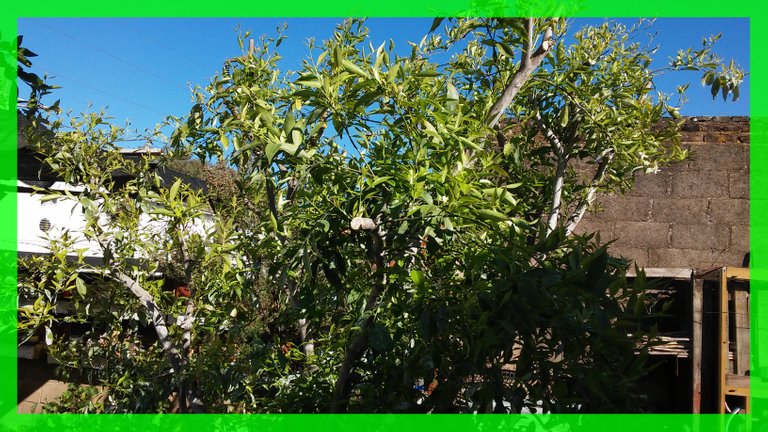
Another task that we can do during the winter (and which I have already told you about in this post) is the pruning of trees or shrubs, such as fruit trees -citrus in this case- highly affected by a plague called white mealybug, cottony, which ends up covering practically all the leaves. Apart from how they are the favorite element of the small ants - those that turn everywhere and do not have a fixed anthill - they literally invade the entire plant, attacking leaves and fruit paths.
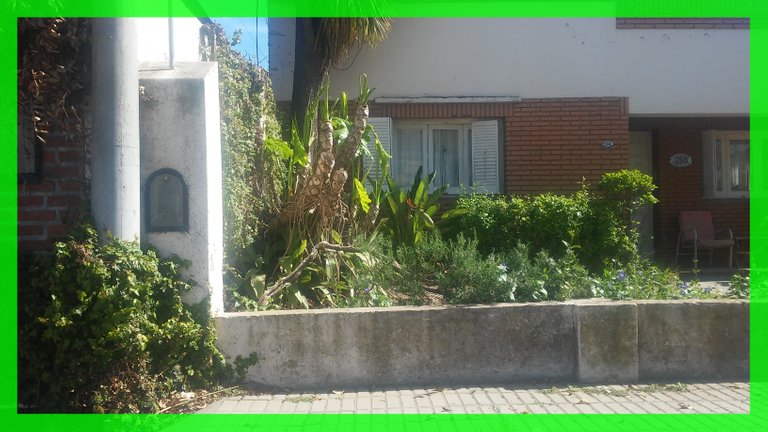
Now, in the month of November, luckily, in this part of the southern hemisphere, the situation is absolutely the opposite. We are in the middle of spring, the orchard and the garden are full of small plants, the flowers are the owners and ladies of the garden, from the largest and most beautiful to the smallest and most delicate. There are flowers that begin to fall, they are those that have practically bloomed towards the end of winter or just beginning of spring, such as the species of orange trees called navelinas or navels that are already beginning to show the first small oranges in all their splendor.

It is also the time to prepare fruit preserves. In my case, we are already finishing consuming the fresh fruit of the year, especially oranges and tangerines. As this year the early and radical pruning to definitively eradicate the pests forces me to collect all the ripe fruit in one go, my wife took advantage of an innovative system to keep them longer. We clean the peel of the oranges, immerse them for a few seconds in boiling water and then cover them with homemade syrup. We put them in the fridge or freezer, we can even cover them with chocolate and we will have a delicious fruit dessert to consume at any time: after eating or with coffee, they are truly delicious.
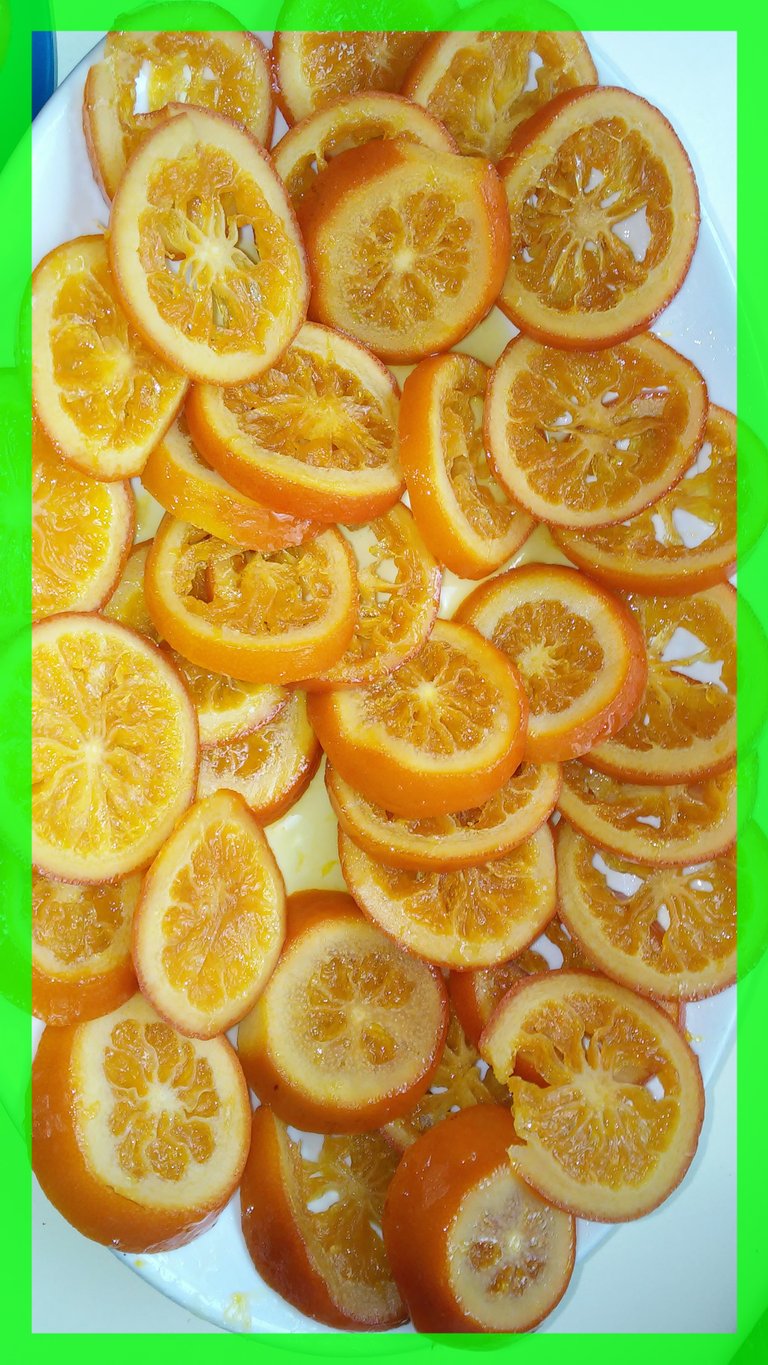
Geraniums, a noble plant in terms of flowers, if any, are one of the varieties that remain in bloom for a relatively long period throughout the year. Its white, pink or red flowers in my case, form a multicolored kaleidoscope in the midst of so much green, since sometimes I grow them in the middle of the garden due to the relatively small size of my house's land.
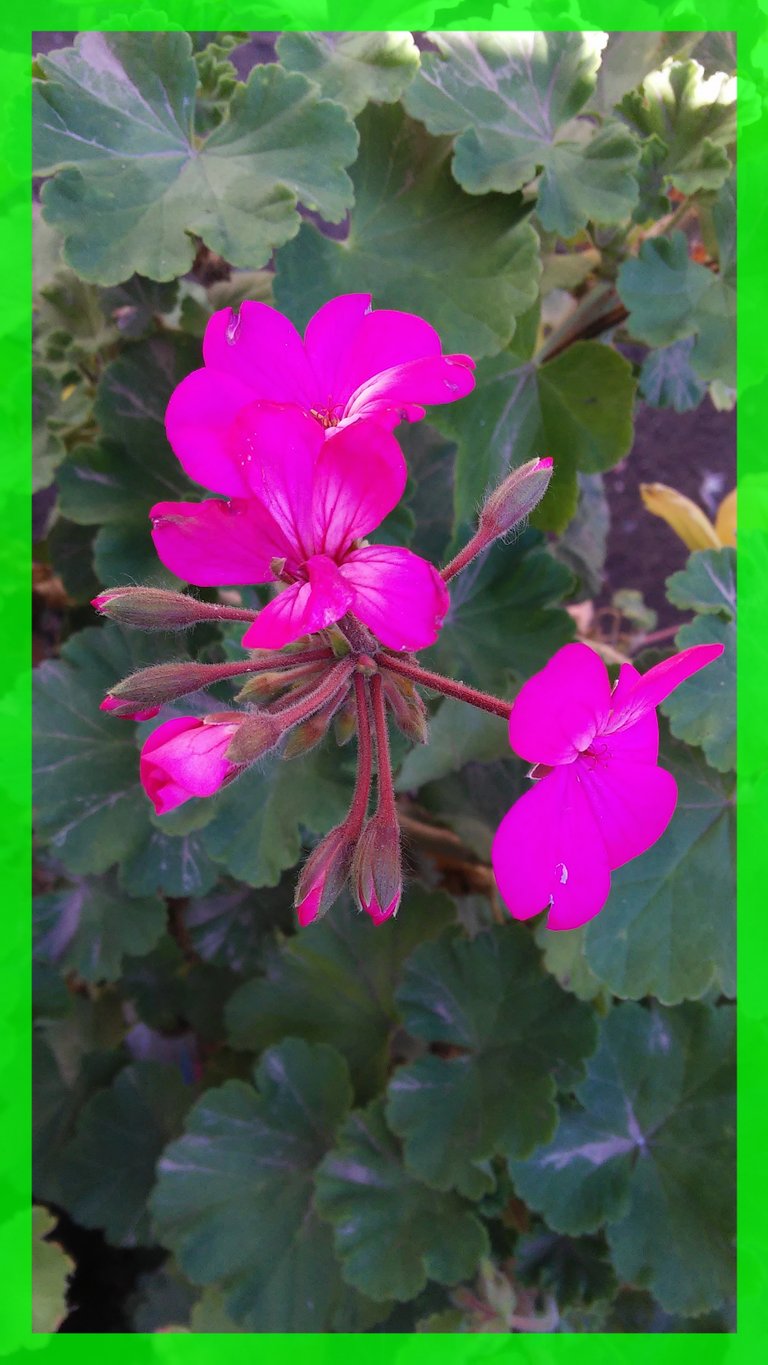
Dahlias, for example, are one of the last plants to flower. They develop vigorously during spring and summer to start blooming around the month of March (early fall in these parts). It is important to plant the bulbs during the winter not too deep so that they can germinate vigorously in the middle of spring. In addition, the bulbs reproduce underground, which is why after the first year, if we dig them up, we will see that the initial bulb has developed small bulblets around it that, over time, begin to grow. For this reason, obtained a plant, we can generate many more.
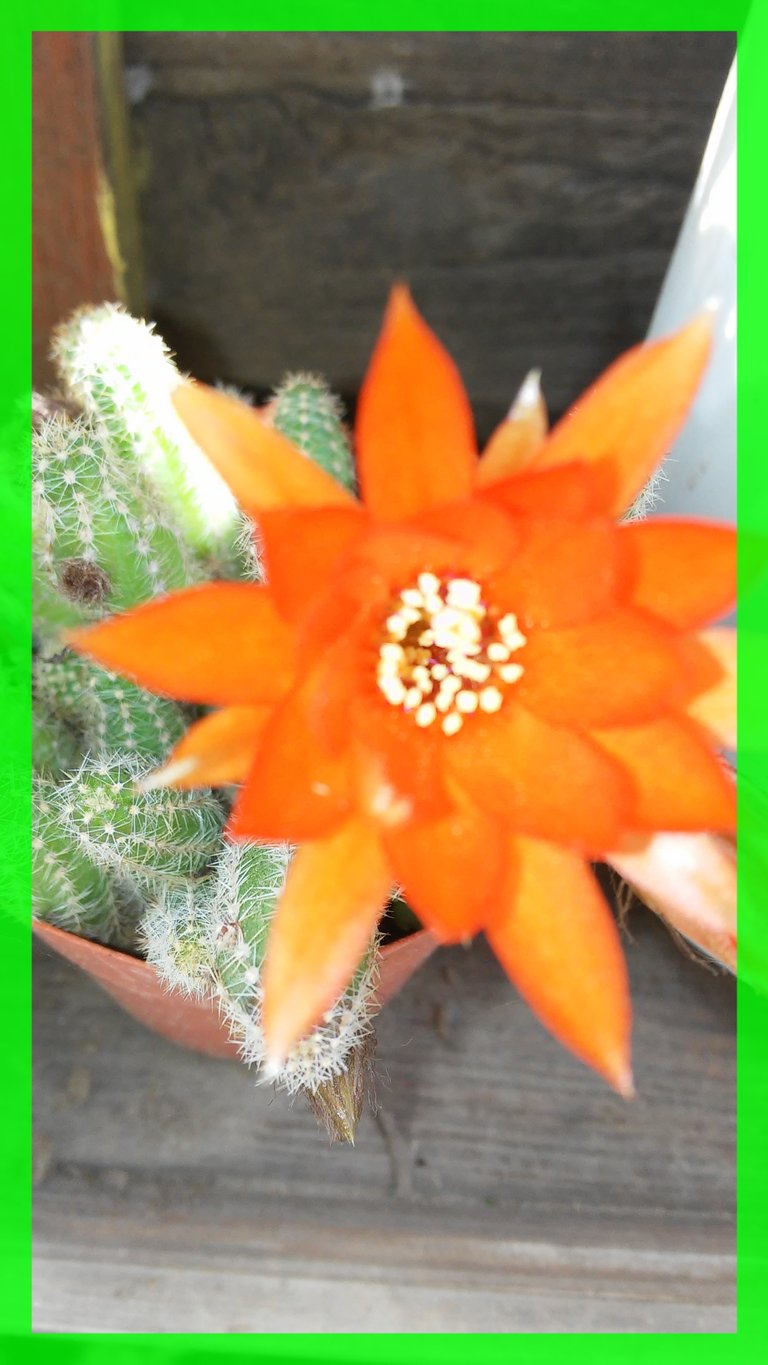
Succulents also bloom especially in the month of November. If they have adequate floral exposure -neither too little nor too much sun- we will have a beautiful garden of multicolored succulents. This year is the first time that I have managed to collect a certain amount of these beautiful little plants and the result is to be seen. Many gardeners grow them for their green appearance without realizing that their small, delicate flowers are extremely beautiful. Obviously not counting the cactus flowers, large and spectacular.
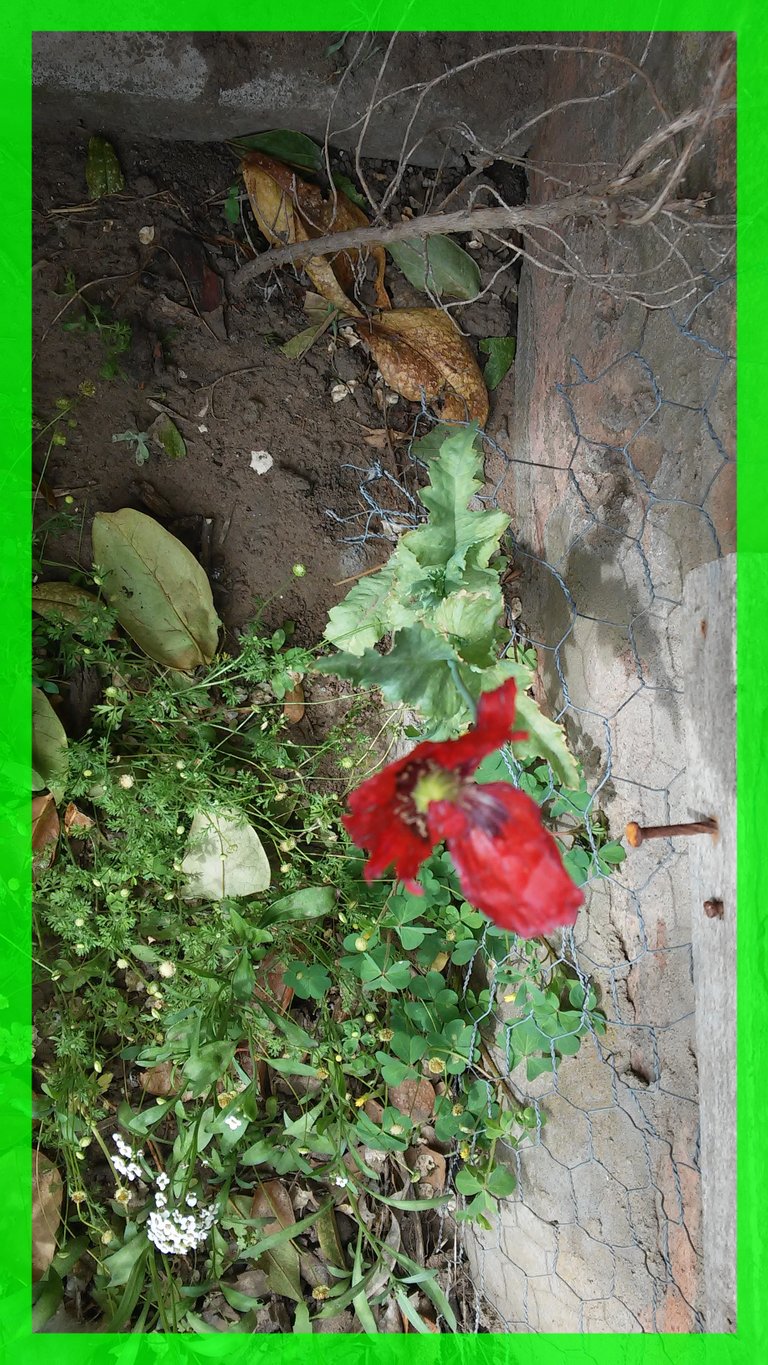
Other plants that fully bloom during the month of November are poppies. Covered by a halo of mystery and sometimes even adverse comments, poppies are actually a kind of plant that does not require too much care, it reproduces extremely easily by breaking the capsule once the flower withers and it contains an infinite amount of small seeds of an intense black color and both of beauty and fragility, since the flower lasts very few days and the few petals it contains fly away on windy days.
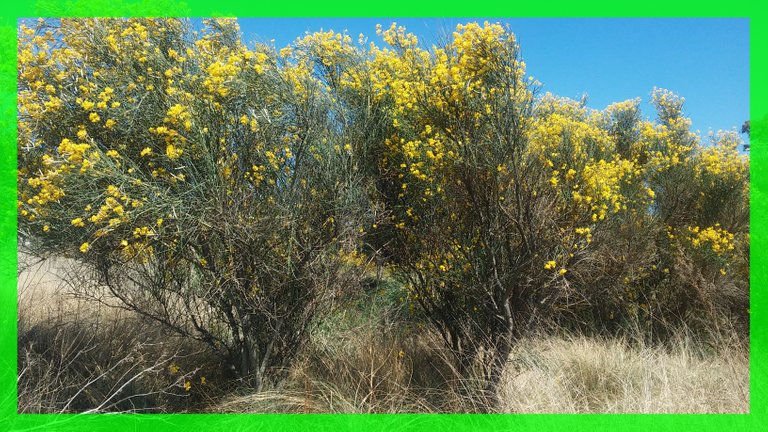
The edge of the secondary roads and provincial routes also offers a beautiful multicolored spectacle with numerous wild plants that bloom everywhere. Lately I have seen a lot of broom (the scientific name of the family they belong to is Fabaceae) which is a small shrub that bears very pretty yellow flowers. It is the first time that I see so many in my region. Before, I had seen them quite a lot in Patagonia with a very different climate from this one.
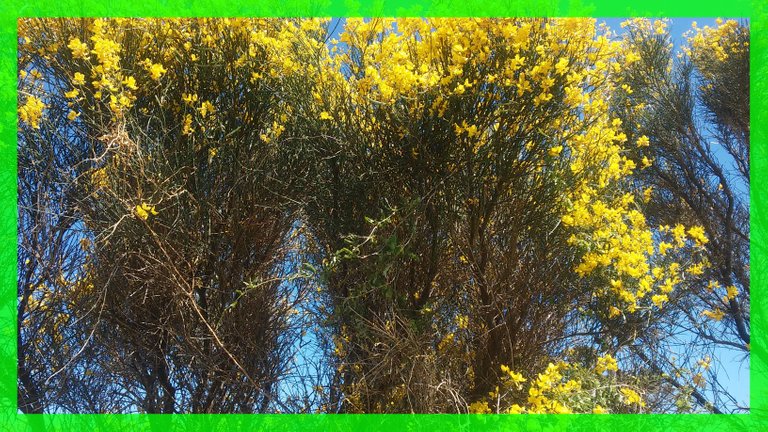
There has probably been some kind of pollination through the wind, although the distances here are really very great, but the truth is that the month of November contributes to giving a touch of color and liveliness to the monotony of the trips through endless and straight routes in the middle of the plain. In some cases they have even developed in the form of bushes as if they had been planted on purpose. It is the first year that I observe this phenomenon.
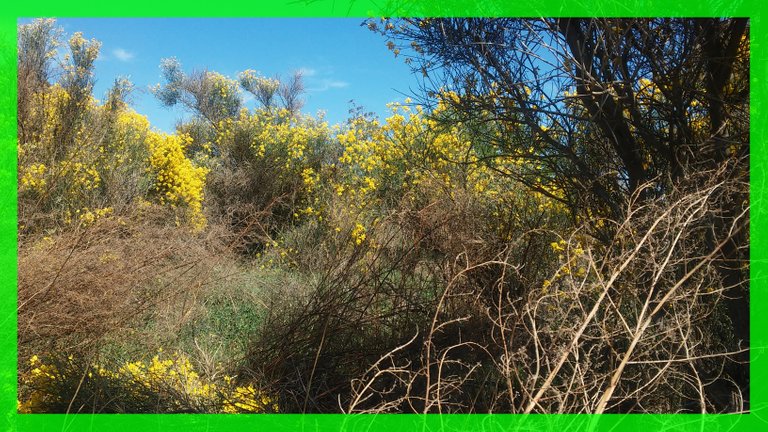
The broom flower that has grown so much naturally transported from the inhospitable and beautiful landscapes of the Argentine Patagonia, has the particularity of being a very beautiful and resistant flower. Its bright and very intense yellow color allows it to be seen from quite a distance, forming a kind of yellow mantle that covers a large part of the plain. I have discovered that it grows and develops very well on virgin land that is not cultivated, perhaps because It takes some time to develop. Time that crop rotation does not allow.

But it's not just my garden. Cell phone in hand, I have taken a tour of my neighbors' gardens (from the outside, it is not that I have entered the properties, since many have guard dogs and my physical conditions for running are no longer the most ideal) and I have seen gardens even more complete than mine with an immense variety of flowers. On the sidewalks there is a true explosion of colors and thickets of geraniums and other plants around the trees intended to provide shade for pedestrians.
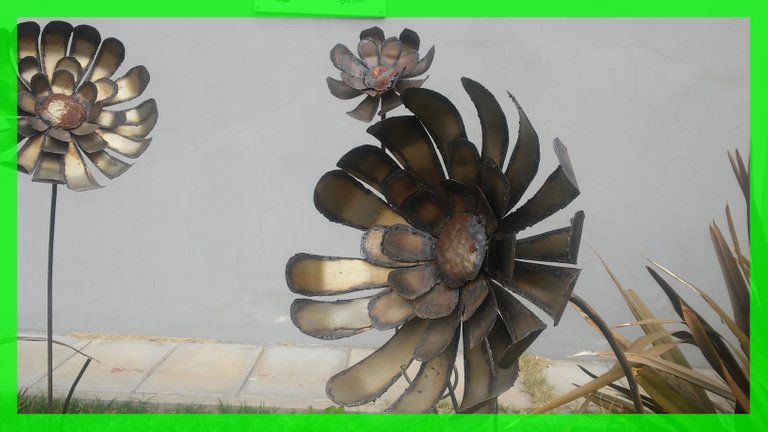
Beautiful climbing white roses, hydrangeas and camellias embellish gardens whose dividing walls were exposed brick varnished with a transparent paint in order to highlight the natural color of the brick. Or slightly darken it, always giving it an opaque appearance. A wonderful contrast, especially with the white color of the flowers. And a little envy I have no reason to deny it. Evidently in those houses live people with a much, much higher purchasing power than mine.
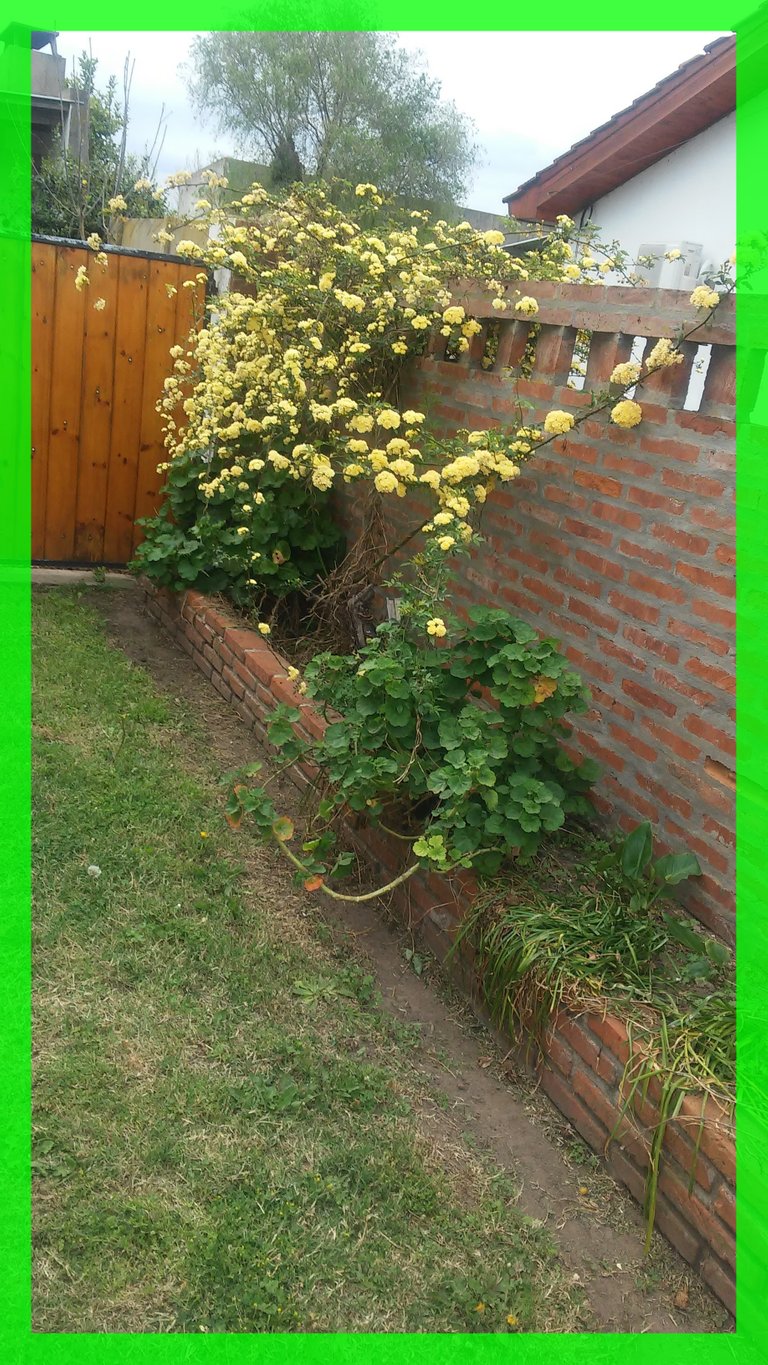
I was struck by the continuous presence of flowers in all the passages, even if they were not gardens. Sometimes simple driveways with grass and a very subtle cement path through which to enter and exit the car without damaging the plants. All very well presented and harmonious with the surrounding environment.
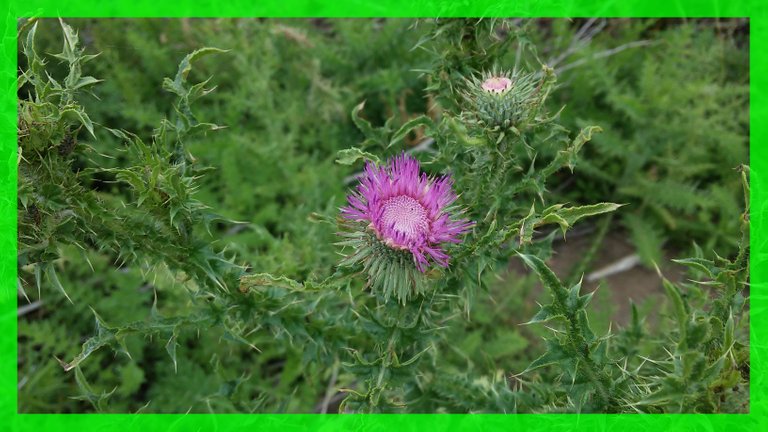
A flower that I found in the courtyard of the local hospital caught my attention. From a distance, it looked like one of the many modern decorations or sculptures, especially considering the last refurbishments that the hospital had undergone. But, oh surprise!, when I got closer I realized that it was a real flower. Look at the photo carefully for a couple of seconds and then give me your opinion. From a distance it looked like a metallic flower.
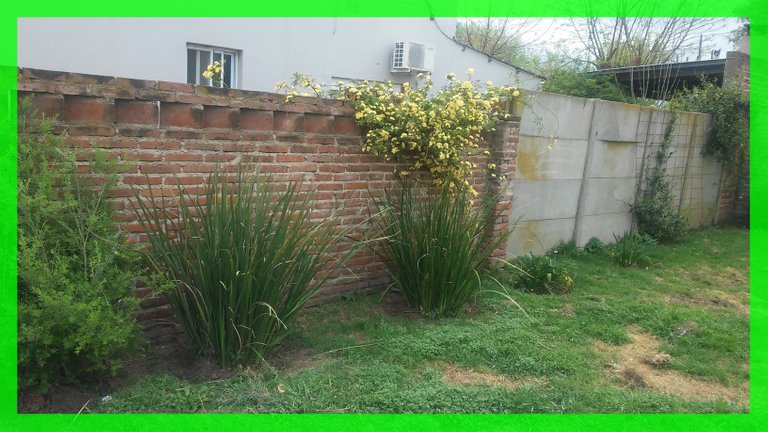
As far as the garden is concerned, November is the month in which the crops literally “explode”. The first pumpkins begin to appear (it is curious that they germinate at the right moment no matter how much we water them). They need a moderate summer temperature (above 20 degrees), some rain and some days of humidity. Sometimes they are born earlier and sometimes later, but the month of November is the ideal month to start spreading.
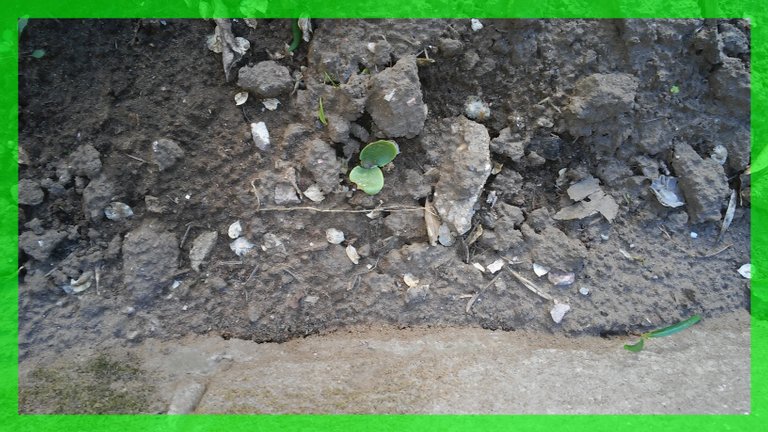
Spinach has its preferred period in November, especially if it is accompanied by rain. They grow almost invasively (creeping spinach) and we do not take time to cut the leaves, wash them and prepare delicious tortillas, croquettes, or pasta of any kind, even stuffed as I have already mentioned, which begins to reproduce and spread again. I have to be careful not to cover other crops.
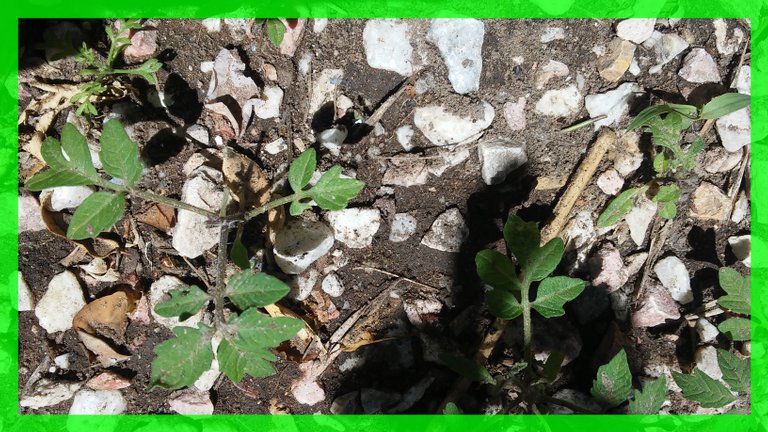
Tomatoes, bell peppers and aubergines, if we have grown them as seedlings indoors or in a greenhouse, will surely already be large enough to be transplanted. November is the ideal month, especially at the beginning of the first quarter, so the plant takes advantage of the entire week of that lunar period plus the week of the full moon so that the plant can grow vigorously and firmly set its roots in the ground. Yes, on the other hand, the little plants have been born spontaneously in the open air as in my case they began to become visible and although more smaller than the others will already be firmly entrenched in the ground.
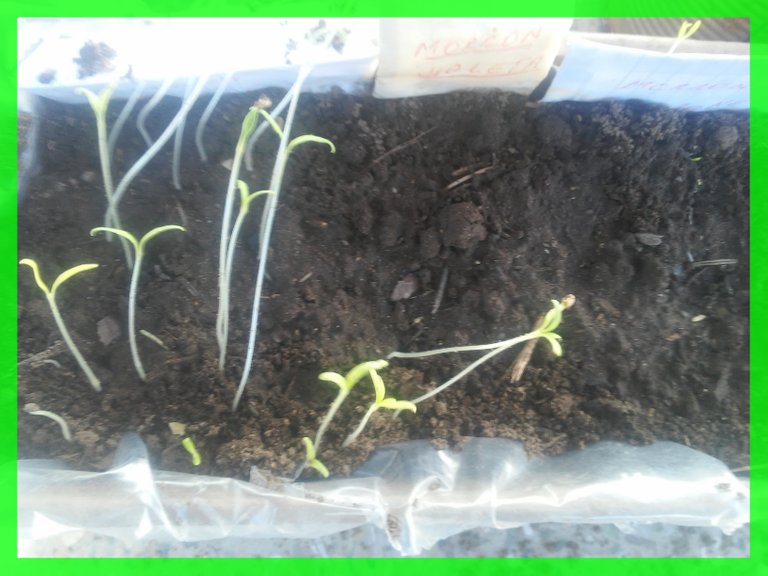
As in athletics in the relay racing discipline, also at @hivegarden we begin to give ourselves the change. Our friends who are currently enjoying the homely warmth of a good fire or good heating can rest assured that we will continue publishing where they left off.
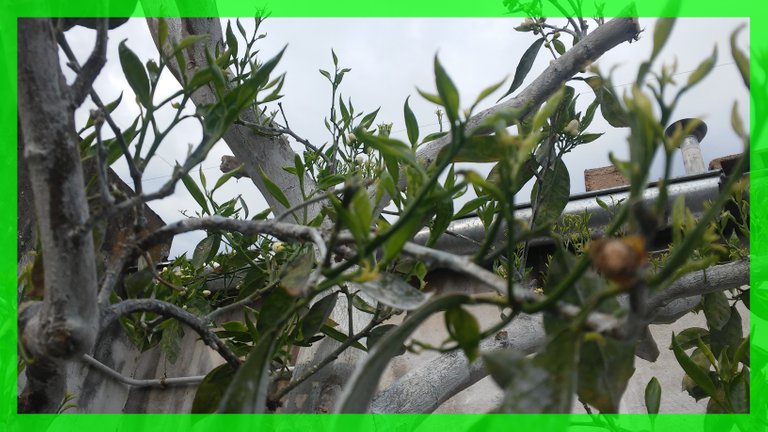
I don't know if the publication times allow me to enter the contest. No interest, that was not my goal. I just wanted to show you and tell you how we live in the garden in the month of November in this part of the planet.
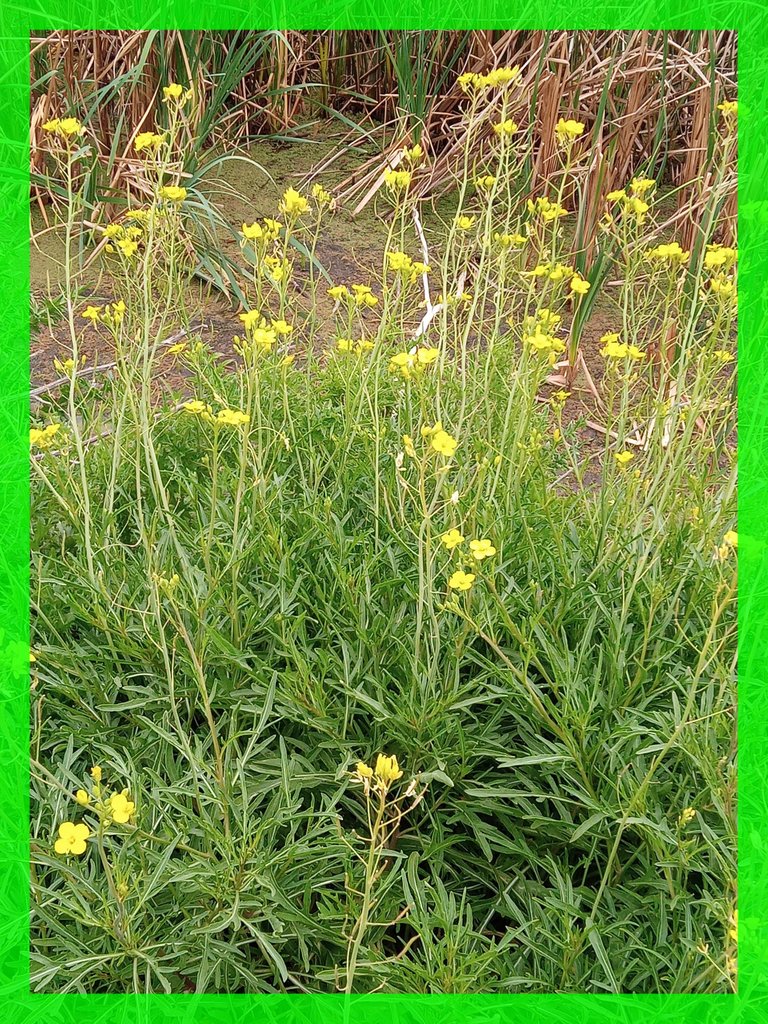
The earth is wise and allows us to see somewhere on its surface, at any time of the year, a plant, a flower, a fruit with all its impressive beauty.
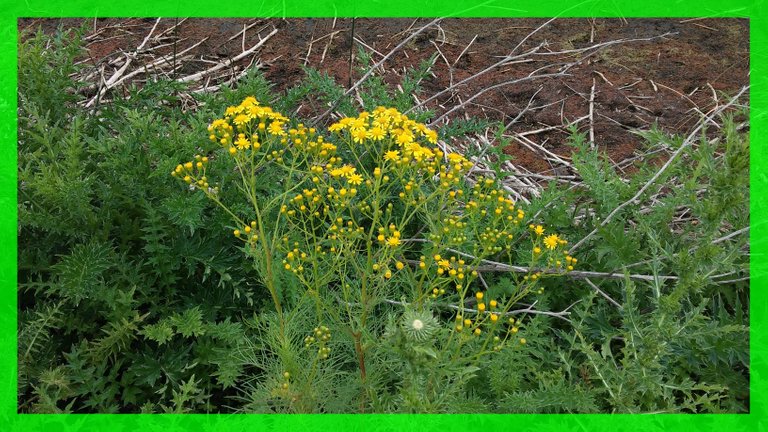
On our part we just have to learn to take care of them a little more.
